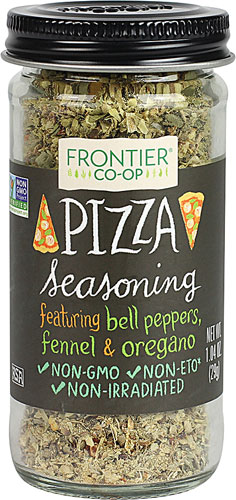Everybody loves pizza. In fact, Americans eat 3 billion pizzas every year, according to the National Association of Pizza Operators. That is about 100 acres of pizza every day.
We don’t always agree on all the elements that make for a great pie. For example, one person loves thin crust, another swears by thick crust. However, just about everyone shares one conviction: Eating pizza is terrible for your health.
Or, maybe not.
“It is wrong to say pizza is unhealthy as a blanket statement,” says Angela Lemond, a registered dietitian nutritionist and co-owner of Lemond Nutrition, which has offices in Plano and Rockwell, Texas.
Sure, many pizzas are topped with artery-clogging meats and cheeses, or loaded with sodium. But it doesn’t have to be that way.
“Pizza can be a healthy meal for your family if you make them right,” Lemond says.
Whether you are baking your own pizza from scratch, ordering from a pizzeria or grabbing a frozen pie from your grocer, keeping these three things in mind can turn pizza night into a healthful meal for your family.
1. Choose thin crust
In an era when “low-carb” diets are the rage, it’s no surprise that pizza is especially vilified, Lemond says. But carbohydrates should not be viewed as evil.
“Some carbohydrates allow for a satisfying plate that keeps you from splurging on less healthy carbohydrates late at night,” Lemond says.
The key is to strike a balance. One of the best ways to do that is to choose a thin crust when eating pizza.
“This allows for a better balance of carbohydrates when you are setting up your plate,” Lemond says. Opt for a whole-grain crust, and you will be “starting this food project off as a rock star,” she says.
2. Remember to go ‘light, lean and green’
This little slogan can keep you on the right track when making or choosing a pizza. “Light” means adding just enough cheese for flavor, but not so much that the cheese layer is too thick.
“Lean” requires you to select meats such as ham, Canadian bacon or grilled chicken. You can also choose hamburger if you stick with 96 percent lean beef. Or, go with an extra-lean ground turkey.
“Avoid high-fat meats like pepperoni and sausage, as they can almost double the calories for one piece of pizza,” Lemond says.
Finally, “green” is simply a keyword to remind you that pizza should have vegetables on it. Lemond says the vegetables don’t necessarily have to be green, however. “The more colors, the better,” she says.
Lemond says her family likes to lightly sauté vegetables, then add them to the pizza. “This allows the vegetables to be soften and caramelize for added flavor,” she says.
She also recommends changing your vegetable choices based on what is seasonal or on sale. Doing so adds variety to your pizzas, and gives you “access to more nutrition,” she says.
3. Plate your meal properly
Once you choose the right pizza, it’s time to set up a plate. This is your chance to add complementary foods to the meal that will boost its nutritional content.
For example, Lemond suggests putting two pizza slices on one half of your plate, and a colorful salad on the other side. “Now that is a pretty plate full of nutrition and flavor,” she says.
Using this three-step approach can help you eat pizza without worrying too much about how it will impact your health, Lemond says.
“Enjoying one of America's favorite foods is part of living a realistic, but healthy life,” she says.




